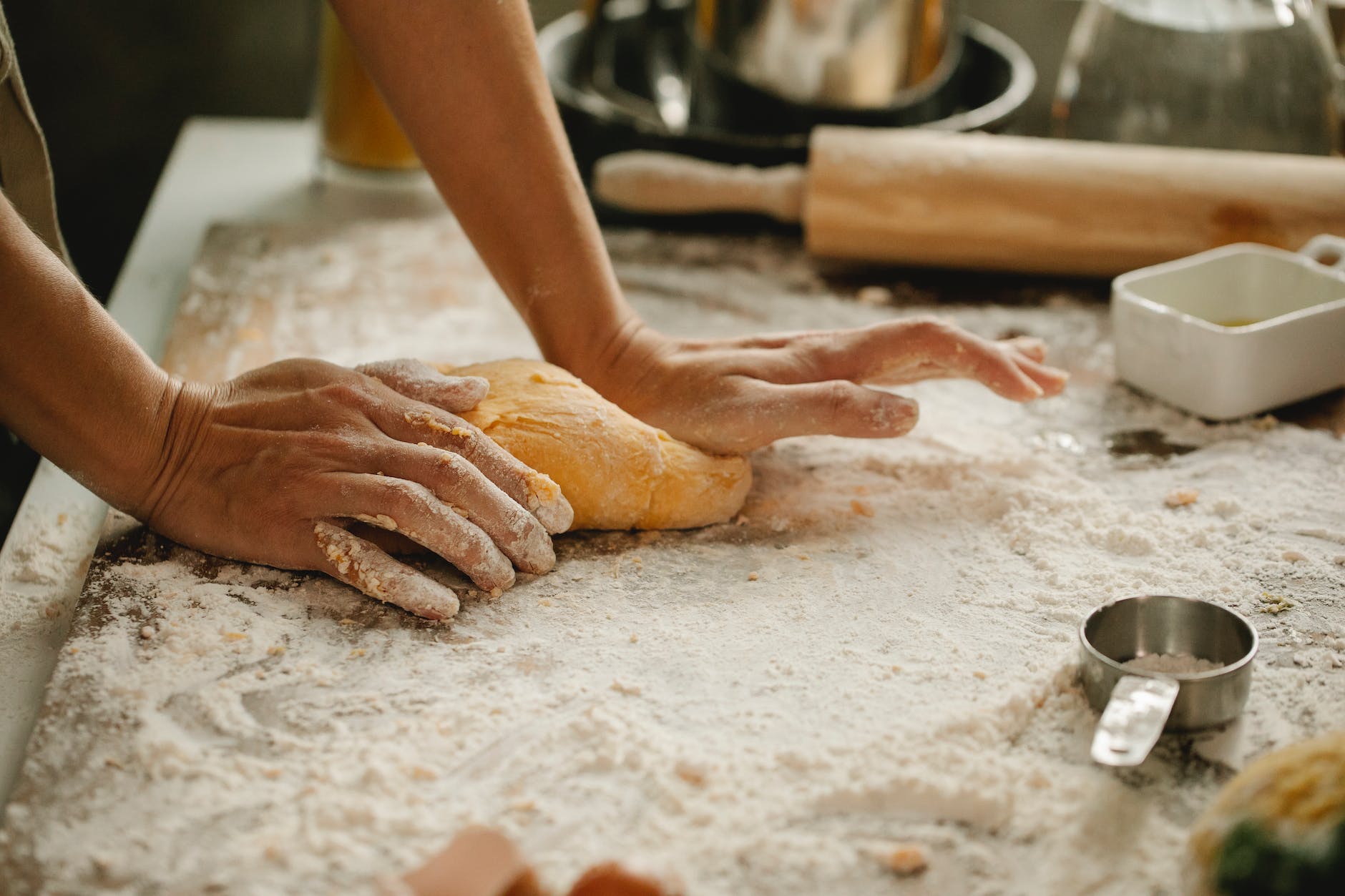The Great Debate of Stainless Steel vs. Nonstick Cookware
When it comes to choosing cookware, the debate between stainless steel and nonstick cookware has been ongoing for years. Both types of cookware have their own unique advantages and disadvantages, and the choice ultimately comes down to personal preference and cooking needs. In this article, we will explore the pros and cons of both stainless steel and nonstick cookware, as well as health considerations and maintenance tips.
Pros and Cons of Stainless Steel Cookware: Durability, Versatility, and More
Stainless steel cookware is known for its durability and versatility. It is made from a combination of metals, including chromium and nickel, which make it resistant to rust and corrosion. Stainless steel cookware is also non-reactive, meaning it won’t react with acidic foods like tomatoes or vinegar, which can cause a metallic taste in the food.
Another advantage of stainless steel cookware is its ability to withstand high temperatures. It can be used on the stovetop or in the oven, making it a versatile choice for cooking a variety of dishes. Stainless steel cookware is also dishwasher safe, making it easy to clean.
However, there are some downsides to stainless steel cookware. It can be more expensive than nonstick cookware, and it can be more difficult to clean if food sticks to the surface. Stainless steel cookware also requires more oil or butter to prevent sticking, which can add extra calories to your meals.
Pros and Cons of Nonstick Cookware: Easy to Clean, Non-Stick Surface, and More
Nonstick cookware is known for its easy-to-clean surface and non-stick properties. It is typically made from a coating of polytetrafluoroethylene (PTFE), which prevents food from sticking to the surface. This makes it a great choice for cooking delicate foods like eggs or fish.
Another advantage of nonstick cookware is its affordability. It is often less expensive than stainless steel cookware, making it a popular choice for home cooks on a budget. Nonstick cookware is also lightweight, making it easy to handle and maneuver in the kitchen.
However, there are some downsides to nonstick cookware. The PTFE coating can scratch or wear off over time, which can release harmful chemicals into your food. Nonstick cookware is also not as durable as stainless steel cookware and can warp or scratch easily. It is also not recommended for use at high temperatures, as this can damage the nonstick coating.
Health Considerations: Stainless Steel vs. Nonstick Cookware
When it comes to health considerations, stainless steel cookware is generally considered to be the safer choice. It does not contain any harmful chemicals that can leach into your food, and it is non-reactive, meaning it won’t react with acidic foods. Stainless steel cookware is also a great choice for those with allergies or sensitivities to certain metals, as it is hypoallergenic.
Nonstick cookware, on the other hand, can be a bit more concerning from a health perspective. The PTFE coating used in nonstick cookware can release harmful chemicals when heated to high temperatures, which can be dangerous if ingested. It is important to use nonstick cookware at low to medium temperatures and to avoid using metal utensils, which can scratch the surface and release the coating.
Maintenance and Care: Tips for Keeping Your Stainless Steel and Nonstick Cookware in Top Shape
To keep your stainless steel cookware in top shape, it is important to clean it properly after each use. Use a non-abrasive cleaner and a soft sponge or cloth to avoid scratching the surface. Avoid using metal utensils, which can scratch the surface and cause damage. If food does stick to the surface, soak the cookware in warm, soapy water before cleaning.
To keep your nonstick cookware in top shape, it is important to avoid using metal utensils, which can scratch the surface and damage the nonstick coating. Use a non-abrasive cleaner and a soft sponge or cloth to avoid scratching the surface. Avoid using high heat, as this can damage the nonstick coating. If the coating does become scratched or damaged, it is important to replace the cookware to avoid ingesting harmful chemicals.
Conclusion: Which Cookware is Right for You? Making the Best Choice for Your Cooking Needs
When it comes to choosing between stainless steel and nonstick cookware, there is no right or wrong answer. It ultimately comes down to personal preference and cooking needs. If you are looking for a durable, versatile option that is safe for your health, stainless steel cookware is a great choice. If you are looking for an affordable, easy-to-clean option that is great for cooking delicate foods, nonstick cookware is a great choice. Whatever you choose, be sure to take proper care of your cookware to ensure it lasts for years to come.
